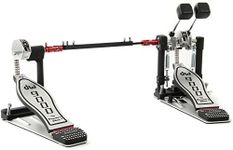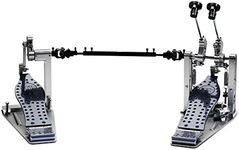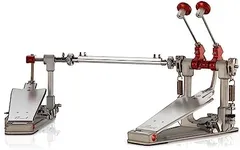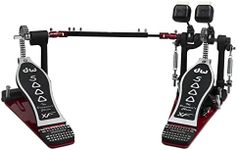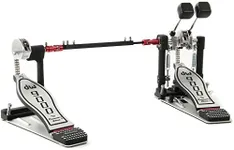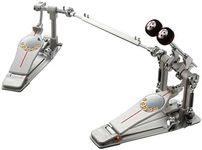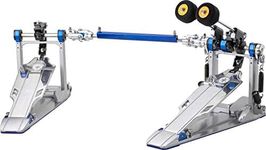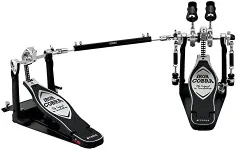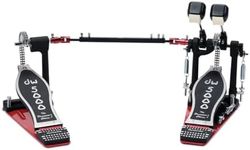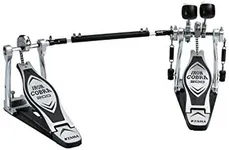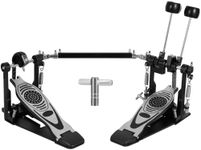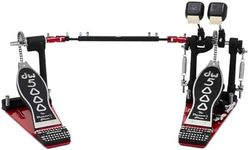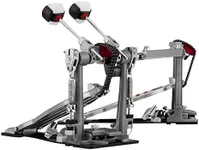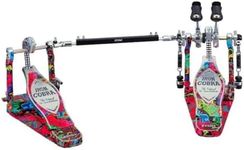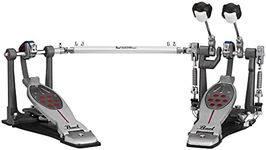Buying Guide for the Best Double Bass Drum Pedal
Choosing the right double bass drum pedal is crucial for any drummer looking to enhance their playing speed, control, and overall performance. The right pedal can make a significant difference in your drumming experience, whether you're a beginner or a seasoned professional. When selecting a double bass drum pedal, it's important to consider several key specifications to ensure you find the best fit for your playing style and needs.Drive TypeThe drive type of a double bass drum pedal refers to the mechanism that connects the footboard to the beater. There are three main types: chain drive, direct drive, and belt drive. Chain drive pedals are the most common and offer a good balance of power and smoothness. Direct drive pedals provide a more immediate response and are preferred by drummers who prioritize speed and precision. Belt drive pedals offer a smoother feel and are often lighter. Your choice should depend on your playing style: if you need speed and precision, go for direct drive; if you prefer a balanced feel, chain drive is a good option; and if you want a smooth, light action, consider a belt drive.
Beater TypeThe beater is the part of the pedal that strikes the drumhead. Beaters come in various materials such as felt, wood, and plastic, each producing a different sound. Felt beaters are the most common and provide a warm, rounded tone. Wood beaters offer a harder, more defined attack, while plastic beaters produce a sharp, punchy sound. Your choice of beater should align with the type of music you play: felt beaters are versatile and suitable for most genres, wood beaters are great for rock and metal, and plastic beaters are ideal for genres requiring a more aggressive sound.
Footboard LengthThe length of the footboard affects the leverage and control you have over the pedal. Shorter footboards provide quicker response and are suitable for drummers with a fast playing style. Longer footboards offer more leverage, making them ideal for drummers who prefer a more powerful stroke. When choosing the footboard length, consider your foot size and playing technique. If you have larger feet or prefer a powerful, controlled stroke, a longer footboard may be more comfortable. Conversely, if you have smaller feet or play with a rapid, light touch, a shorter footboard might be a better fit.
AdjustabilityAdjustability refers to the ability to fine-tune various aspects of the pedal, such as the beater angle, footboard angle, and spring tension. Highly adjustable pedals allow you to customize the feel and response to match your playing style perfectly. If you are a drummer who likes to experiment with different settings or if you have specific preferences, look for a pedal with a high degree of adjustability. On the other hand, if you prefer a straightforward setup, a pedal with fewer adjustable features might be sufficient.
Build QualityThe build quality of a double bass drum pedal is important for durability and performance. Pedals made from high-quality materials such as aluminum or steel are more likely to withstand heavy use and provide consistent performance over time. When evaluating build quality, consider the materials used, the construction of the pedal, and any additional features like reinforced joints or bearings. If you play frequently or perform live, investing in a pedal with robust build quality is essential to ensure reliability and longevity.
